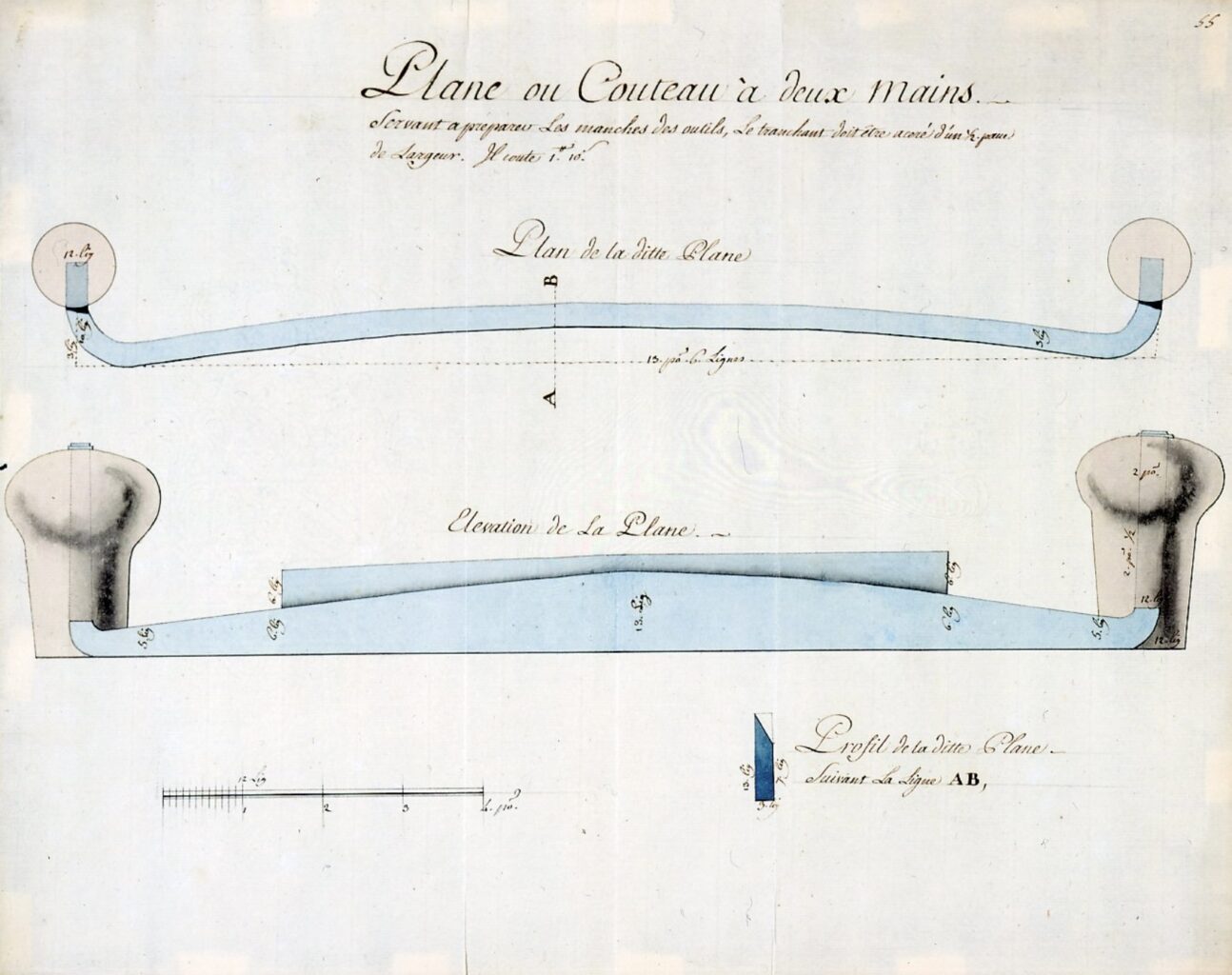Day 6: Pica Markers & Mechanical Pencils
This year I have completely embraced the Pica marking stuff. It is not perfect (details below). But it is still miles beyond what I was using before.
What makes it awesome? Pica’s “Longlife Cap.” This is basically a scabbard that clips tenaciously to your shop apron, waist apron or other pocket. It protects the pencil or marker when not in use. And it makes the marking tool always available. I can grab the pencil or marker by only half-looking down and grabbing the orange thing (marker) or green thing (pencil).
The scabbard prevents the pencil from getting smashed or clogged with debris. And it keeps the marker from getting lost.
The second thing I love about the Pica gear is that it has long and skinny tips. This allows you to mark through templates with ease, and otherwise get the tip where it needs to go.
So what’s my beef with the Pica gear? Its short lifespan. The mechanism on the first two gave out and refused to advance the lead any more. The markers are fantastic, but they run out of ink too quickly. I’m on my third marker this year (I usually go through one Sharpie marker in about 12 months.)
You can pull out the marker’s tip, flip it and reinsert it for additional life. But the tip wears down rather quickly, and you do run out of ink.
Even with those faults, I love the Pica gear (there’s nothing better) and I hope the gear will continue to improve.
– Chris
Like this:
Like Loading...

























